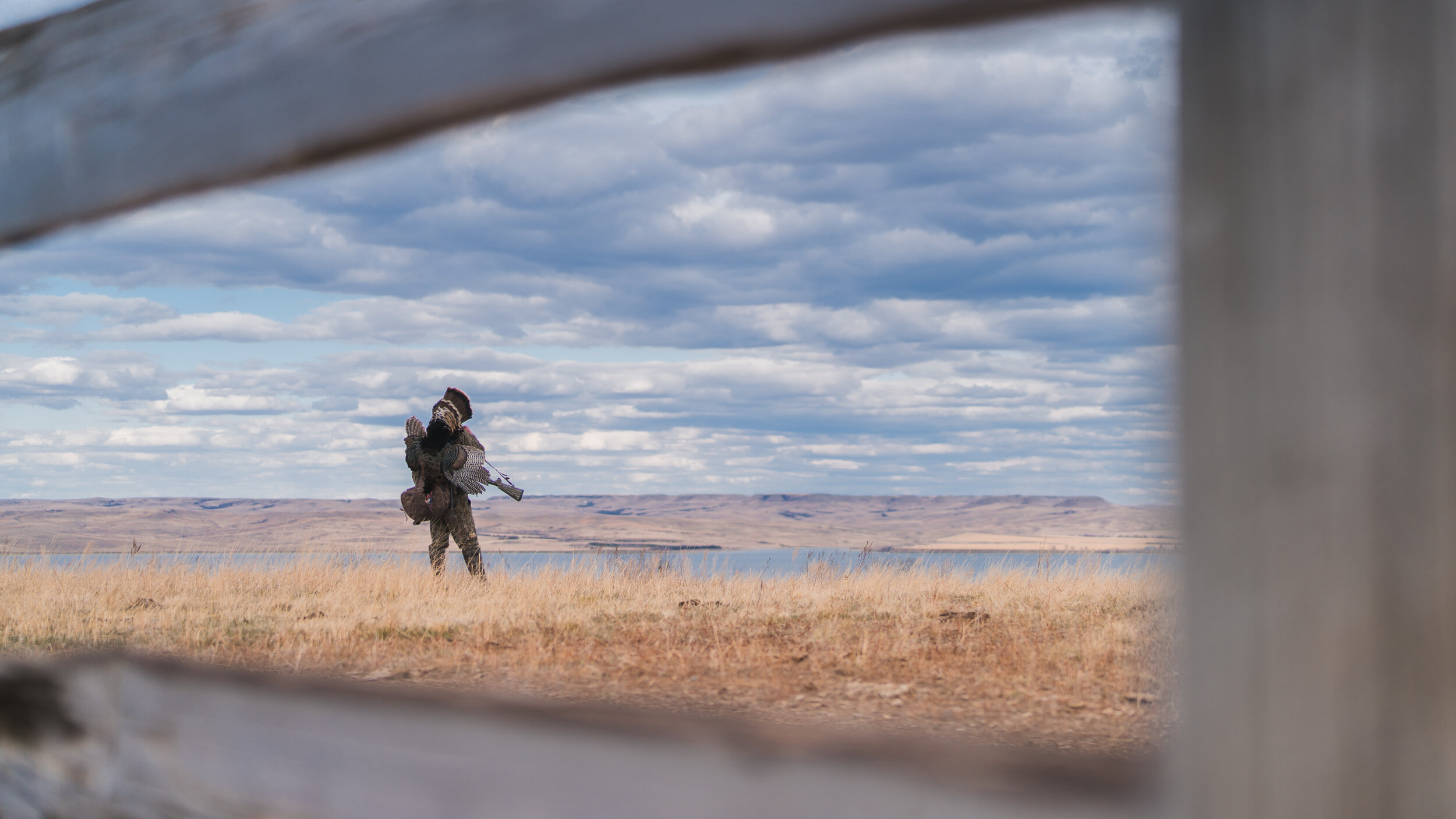Scouting 49 : Before Hitting the Road
Everyone has their own style for how they break down states to determine where you’ll ultimately place your boots, but for us, this is a very simplified but proven approach for you to make your own. There are factors that exist today that simply weren’t available 3-5 years ago when much fewer hunters were traveling out of state to chase 49, but we’re focusing here on a way to develop an approach on your own, using the resources available to us all.
· Harvest Data: This information is powerful and almost all states produce it as a part of their annual season harvest. Whether the numbers are broken down by county, WMU, WMA, etc., this data allows you to understand what areas of the state have higher harvest numbers. Yes, the higher harvest numbers are an indicator of the number of hunters/participation rate, so make sure you take that into consideration when choosing your starting place. As a strong recommendation, you’ll be best served if you find more than one area in the state of interest and they are regionally separated throughout the state. You will come across a time where there’s poor weather, gobbling, etc., in one part of the state while an area a few hours away is experiencing positive conditions and/or reports. If you’ve done your research, you can position yourself to respond to these types of variables immediately.
· eScouting: You’ve reviewed harvest data, and now you’re looking at a general area(s) in the state where you know there’s turkeys. This is when you transition to an online scouting tool and state maps that shows the public hunting opportunities. Sometimes you’ll find bountiful public hunting resources in your area of interest and other times you won’t. If the latter, go back to the harvest data and try align areas with public hunting opportunities to average/above average harvest data. There are a number of factors to consider when evaluating public land from a computer screen, but two critical aspects are people access and habitat diversity. If you’re chasing 49 you probably already know what to look for on the maps, so we won’t dive into that unless there’s an overwhelming interest.
· State Agents: State biologists, wildlife managers, loggers, etc. will provide you with extremely helpful information. You’re best served to go into that conversation having completed the two prior bullets and try to get in touch with state agents that work in the area that you are targeting. When you speak with these individuals, having done your own prior research will help you in putting together pieces of the puzzle that they are revealing. Some conversations are better than others, but the more knowledgeable you are on an area the more you’ll get out of the conversation. Also, remember that these folks spend the majority of their time in the field and not at their office. If you expect to be able to get them on the phone you need to be patient and go out of your way to call them at times they may be available. Call as often as you think is appropriate and do keep in the back of your mind, not all of the people you speak with will be hunters, nor potentially embrace hunting. Be mindful of whom you’re speaking with and courteous with them regardless of the outcome of the conversation; you’re representing all of us so try your best to leave a positive impression.
· The Internet/Social Media: It’s no secret that forums still hold some tidbits of information if you dig hard enough. Personally, I’ve never had too much information and I have found dated information on the internet that my current research was validating. Social media has truly changed the game in the last couple years. Information that was once considered sacred is being tossed around like bargaining chips in exchange for a slam dunk hunt in the next state. Be careful with your information and remember that the point of hunting turkeys in 49 states isn’t so that you can get that next pin to keep moving across the country like gail force winds. Embrace the challenge of pursuing the slam and increasing your understanding of how to find turkeys in any environment.
To wrap it up, this is a high-level framework of how we break down states to determine where we’re going to hunt. You can never have too much information and you can never talk to too many people. Once you start to repeat the process of breaking down a planned state, you’ll eventually get to a point where you look at your maps and the areas you’ve marked and you legitimately feel at ease with your plan. You’ll know this feeling when it hits you. It’s a good feeling, but you really don’t have time to enjoy it. Turn your focus to the next state on your list for that swing, because the whole process now repeats.
— Keith C Ott



